
Fresh mini pretzels await packaging
AR Rewind: This story originally published in March 2015 and is being re-shared.
King Nut and Summer Harvest: If you’ve ever enjoyed an airline snack at 35,000 feet and inspected the wrapper, chances are you are familiar with one, or both, of these name brands. They, alongside Peterson Nut Co., make up the King Nut Companies family. As a fan of the airline industry, and the companies that support it, I’ve long been familiar with King Nut, and have spotted their products on numerous airlines. Plus, here at AirlineReporter, we love telling the behind-the-scenes stories of the airline world.
A few years back, I was excited to learn that they sometimes sell direct to the public the same airline-branded snacks I’ve come to know, love, and expect up in the air. I’ve made it a habit to occasionally place orders with them online in order to bring AvGeek-themed snacks to various gatherings; we even had their product at my son’s airline-themed birthday party.
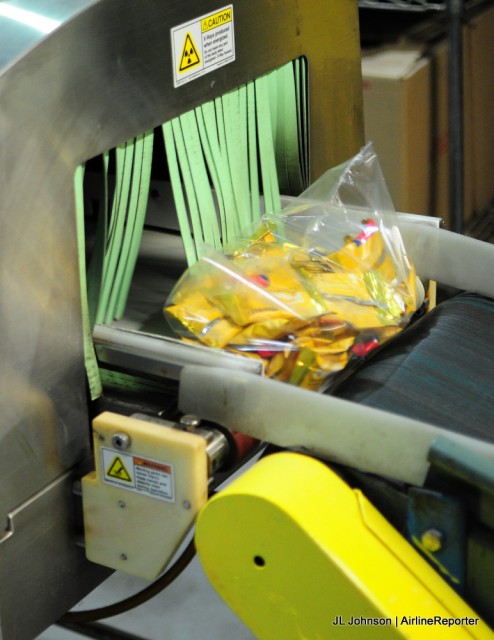
A sack of honey roasted peanuts passes through an X-ray machine
I guess you could say I’m nuts for King Nut (you knew at some point I had to make that joke – figured I should get it out of the way). And while I’m a fan of their products, I never took the time to really learn about what it takes to get these snacks into the hands (and bellies) of passengers.
That opportunity presented itself recently, when I was in the Cleveland area on business. It just so happens that the King Nut facilities are less than a mile from one of my company’s offices in Solon, Ohio. I reached out to Mr. Martin Kanan, President and Chief Executive Officer, to see about a tour and for a chance to learn about their company – he was happy to do so. Sit back, relax, grab some snacks, and prepare to drool over some seriously tasty snackage photos and facts’¦
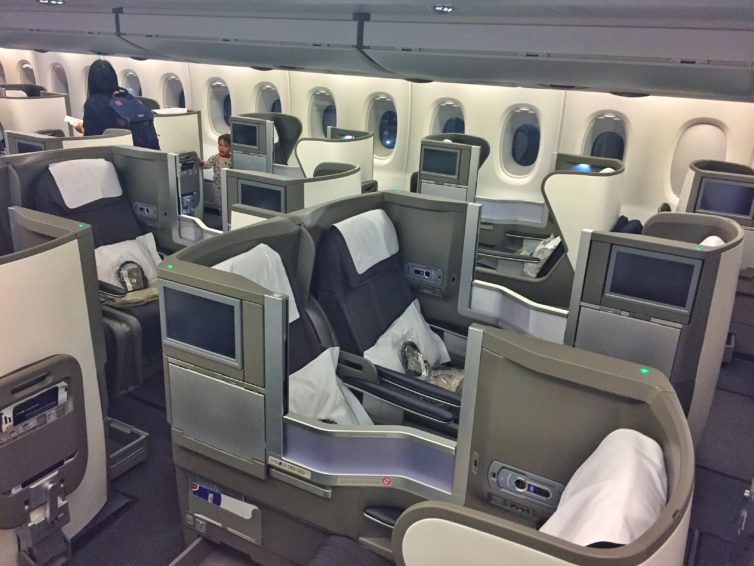
Welcome to Club World – Photo: Manu Venkat | AirlineReporter
British Airways’ business class — branded “Club World” — has been flying for a long time. It was unveiled back in 1999 as one of the very first fully-flat business class seats. It’s undergone a few updates and refinements in the years since, but the design fundamentals are still the same. I’ve wanted to fly Club World for a long time, because of its unique layout and because of the aviation blogosphere’s mixed opinions on the product. I finally got my chance — on the majestic A380, no less. While there’s no denying that the seat isn’t the best out there, I found plenty to like about my experience.
Read on for the full scoop on my flight in Club World and the future of BA’s business class.
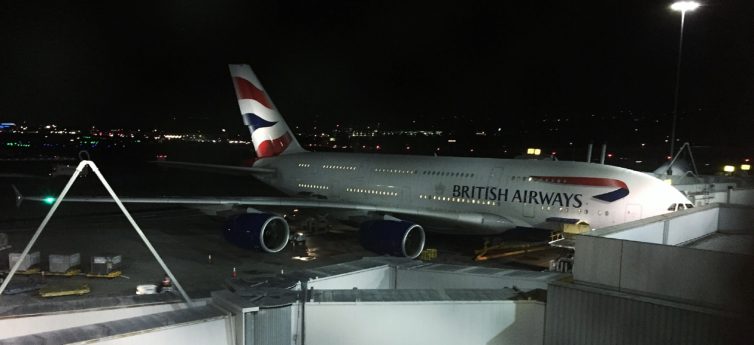
Our ride to London Heathrow – Photo: Manu Venkat | AirlineReporter
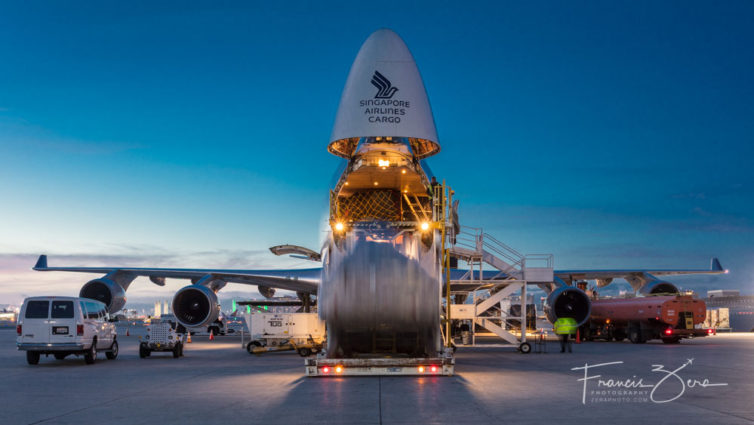
A cargo pallet is lowered away from the opened nose of an SIA Cargo 744F.
Dedicated cargo aircraft normally operate out of sight of the traveling public. Cargo terminals are typically located away from passenger terminals to ease airport congestion and allow better access for trucks.
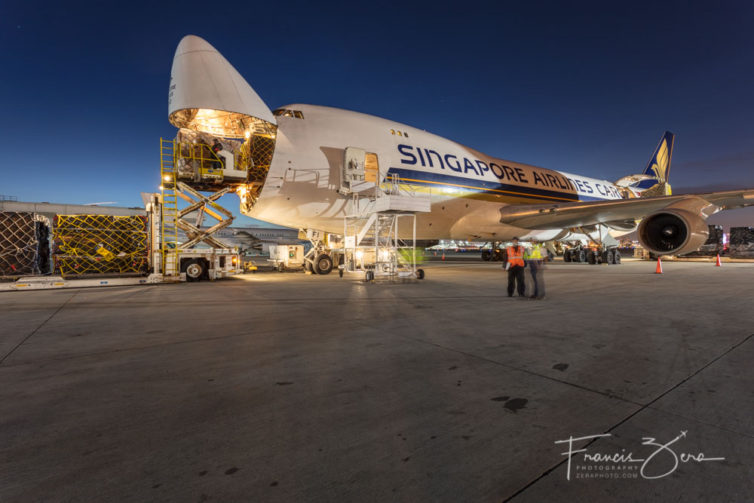
A Singapore Airlines Cargo 747-400F being unloaded at LAX.
Singapore Airlines Cargo recently allowed us to tour their cargo facility at Los Angeles International Airport (LAX), where we got to check out one of their Boeing 747-400 Freighters.
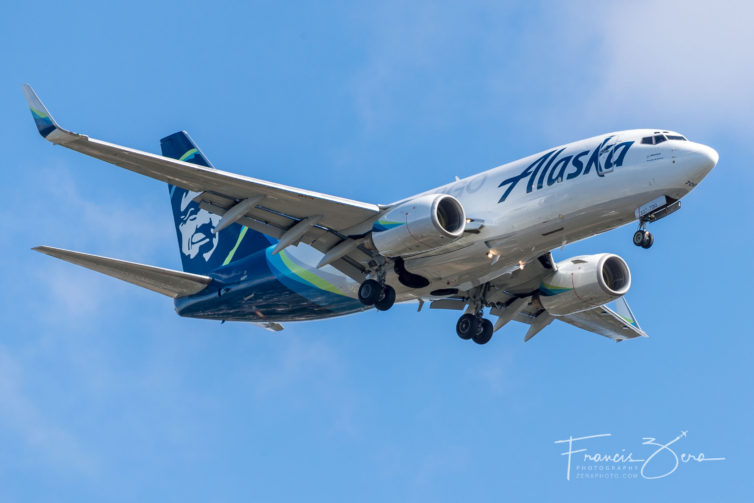
Alaska Airlines’ newly-converted 737-700 freighter on a recent flight from Anchorage to Seattle
Alaska Airlines recently added a new type of aircraft to its fleet: an all-cargo Boeing 737-700, converted from one of their passenger jets.
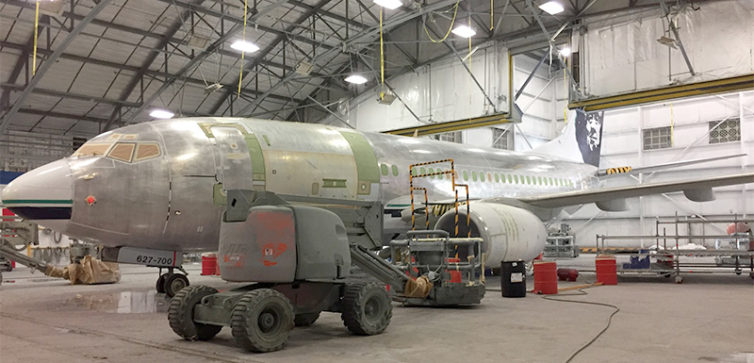
Alaska’s first completed 737-700 freighter being prepped for paint in Victorville, Calif – Photo: Mike Hogan (manager, Alaska Airlines vendor maintenance)
The conversion was completed in Tel Aviv by Israel Aerospace Industries. The plane was ferried to Israel in 2016, and the conversion process took a total of 19 months. Now that the necessary protocols and systems have been developed, subsequent conversions will be completed at a faster rate.
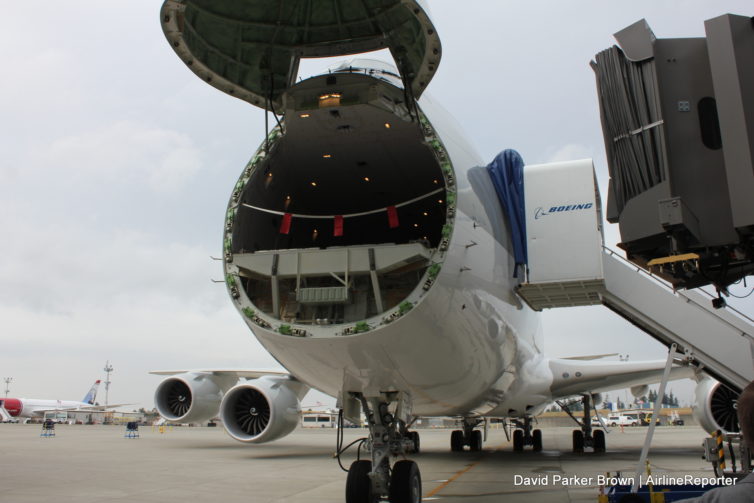
#nomnom says the Qatar Airways 747-8F
What other airline delivery event will bring up Trump and “fake news”? Where the CEO says that the US3 (United, American, and Delta) need to “shut up and mind their own business”? And where no one is surprised by any of these comments? Qatar Airways of course!
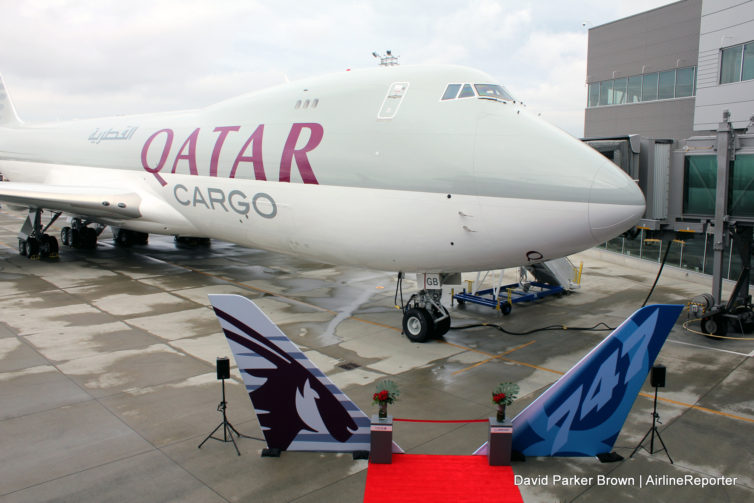
These fancy tail things are to for me! Kinda want some for my living room.
Last week, Qatar Airways took delivery of their first Boeing 747-8F, and I was excited to go. Not just to see the airplane, but to once again hear what Akbar Al Baker might say. He is known for speaking his mind and providing some entertaining sound bites.









